
The immense ecosystem of the Amazon Rainforest means looking for fish in the Amazon can be a pretty exciting experience. From the weird and wonderful to the outright bizarre-looking, the Amazon River is filled with fish, many of which you may have never heard of and may never find anywhere else. Covering around 30% of South America, the Amazon River Basin is home to well over 2,000 different species of fish that are endemic to the Amazon region, this includes 15,000 tributaries and a total length of 6,520 km. Brazil has some of the most interesting and biggest fish in the region, while plenty more reside in the waters of the other countries that are home to the Amazon River Fish.
The region creates and destroys river banks every year, and as a result, there are a large number of species that have become isolated in just one lake. In those large lakes, many fish evolve and branch away from their distant cousins until they, some thousands of years later through the flooded forest, are released into the main channel and reunited with the aquatic fauna.
This cycle has happened thousands of times in the Amazon lowland areas. It gets even more interesting when occasionally the isolated lakes dry up and many of the fish in the lake have adapted to air-breathing or gulping at the surface of the water, so much so that many fish can actually leave the lake to find water. This can be seen with the armored catfish and the electric eel species.

10 Best Known Fish Species in the Amazon River:
It’s highly unlikely that you will catch one of these beasts, but nevertheless, the Arapaima, also known as the pirarucu or paiche, is a huge carnivorous fish that can be found in the Amazon River and its surrounding lakes. Thankfully this prehistoric-looking giant fish prefers to prey on other fish and birds, not humans, and are such effective predators that they can even live in piranha-infested waters. If you don’t manage to reel one in, then there is a chance you might see one swimming. They are usually found close to the surface of the water because they need to take in additional oxygen through their gills. The creatures can reach nine feet long and weigh up to 200 pounds and are the world’s largest freshwater fish, so make sure you get a photo if you do see one.

Also known as a Pacu, the Tambaqui fish is a seed and fruit-eating fish that is considered one of the best-tasting freshwater fish in the world. A member of the piranha family, the species can reach up to 3 feet in length and weigh up to 100 pounds. Probably the most valuable fish in the region, the fish often snack on the seeds of the rubber tree and are usually found in waters near Manaus Brazil.
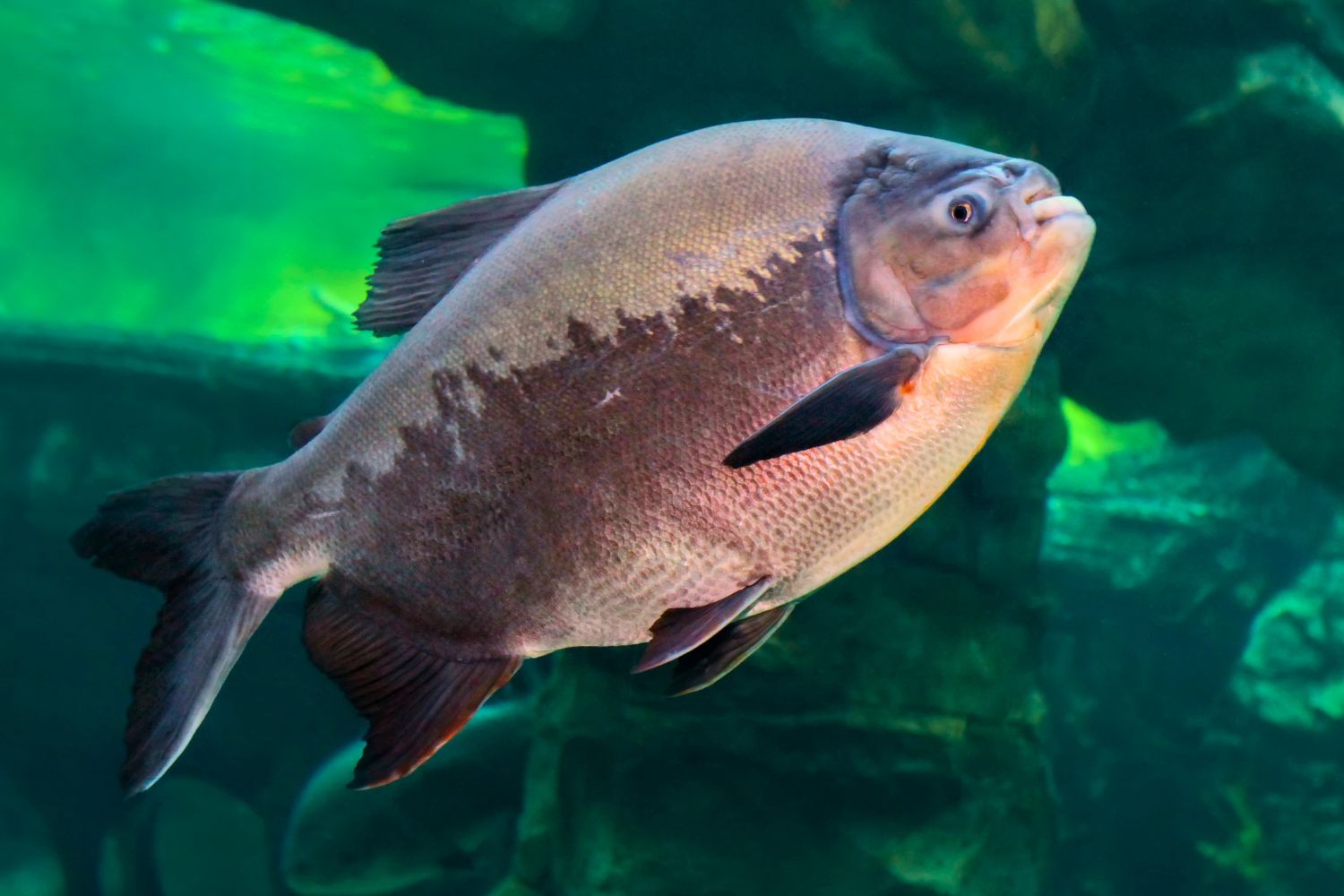
One of the other most terrifying fish in the Amazon is the candiru. These tiny parasitic catfish live in the freshwater lakes and rivers and are famous for their ability to launch themselves into the urethra of anyone that urinates in the river. They may be famous for these incidents, but the evidence for them hurting people and even doing this at all is very thin, still, it definitely isn’t advised to pee in the Amazon River. In actual fact, the fish prefer to prey on other fish by attaching themselves to the fish’s gills and feeding on their host’s blood!
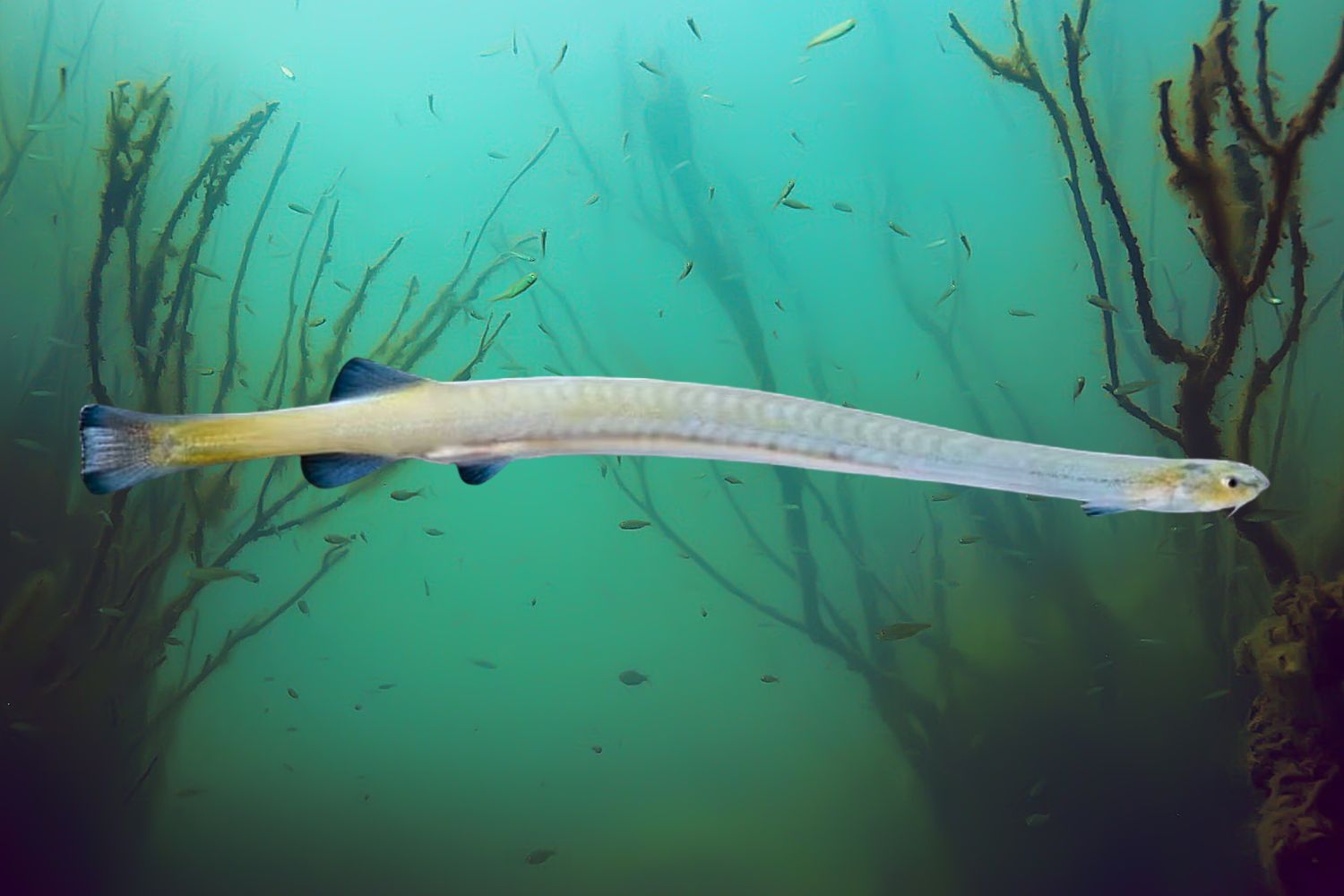
Possibly the most famous and most feared sea creature of the Amazon rainforest, the red-bellied piranha has been portrayed as one of the most dangerous fish throughout popular culture when this simply isn’t the case. The fish are primarily scavengers, that can grow to up to 12 inches long and usually travel in schools. Their famous gnashers mean they are able to consume most prey easily, however, the feeding frenzies often portrayed in Hollywood movies that show a school stripping its prey down to the bones in minutes, is actually a pretty rare occurrence and usually only takes place when the fish are starved.
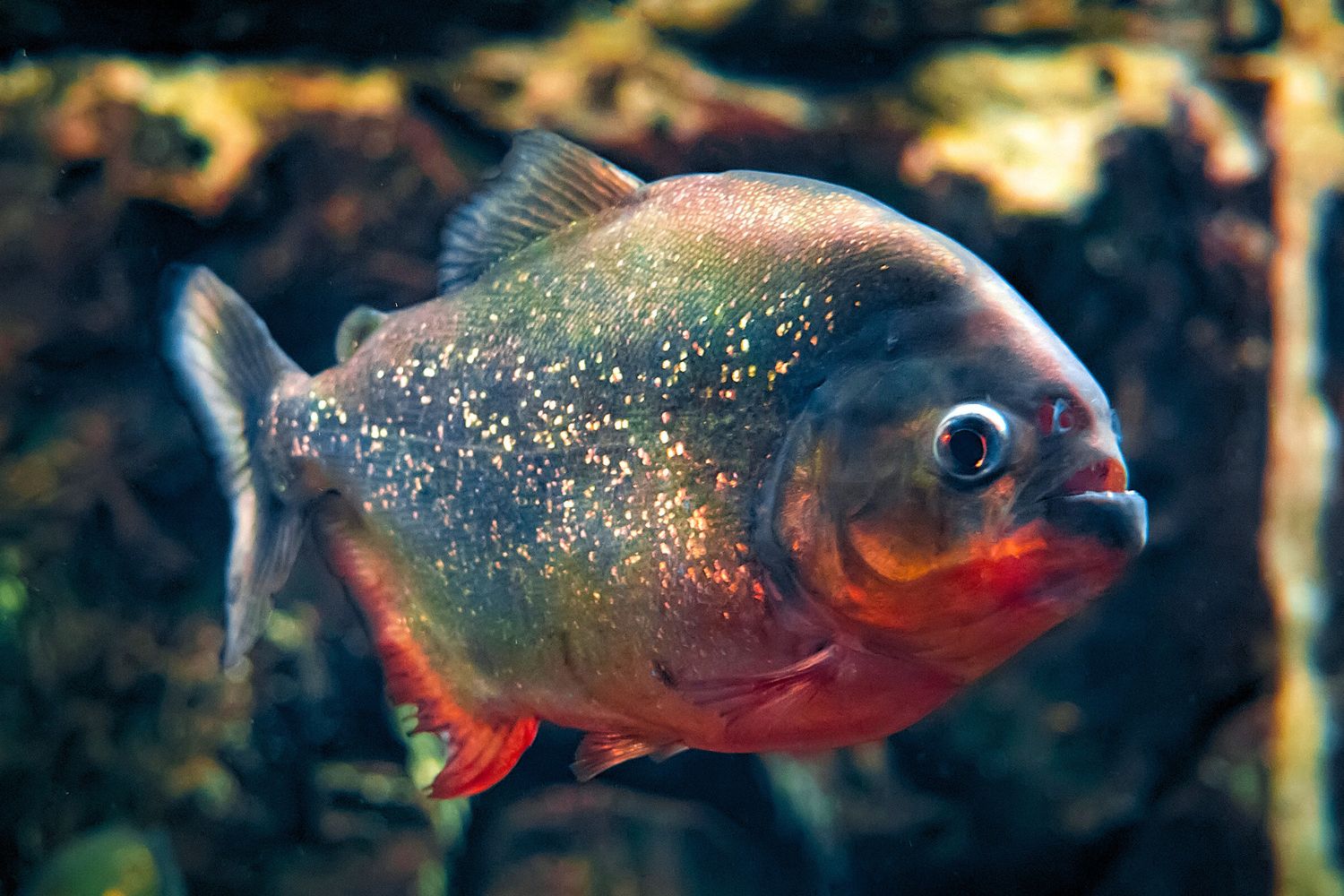
Characterized by the bony plates that cover their skin, the armored catfish, part of the Loricariid family, usually have a ventral suckermouth with papillae on the lips. Their suckermouth allows them to feed, breathe and attach using incredible suction. Also known as the suckermouth catfish or simply ‘plecs’, different varieties of armored catfish can be found in the Amazon region, including a type of armored catfish that was found eating the wood in the Santa Ana River in Peru. The fish may eat the wood, however, it can not digest it and has to expel the matter as waste.
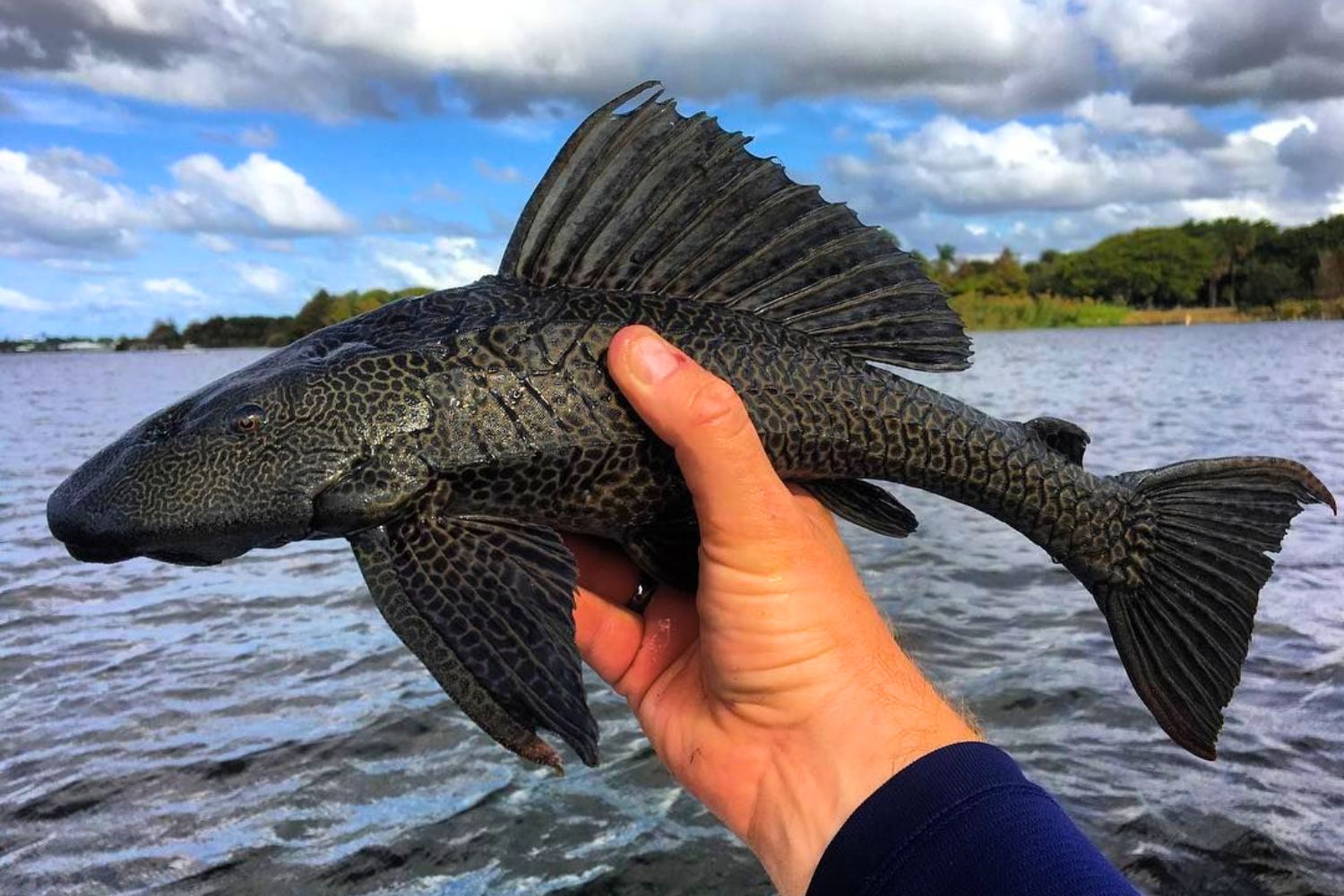
Despite the name, the electric eel isn’t actually an eel it’s a fish. And a big fish at that. The electric eel can reach around 9 feet in length and weigh around 50 pounds. It is, however, most definitely electric and has enough electricity, a 650-volt shock to be precise, to stun a person. Usually found in muddy bottoms, the electric eel is largely avoided by locals as it can still shock even eight hours after its death.
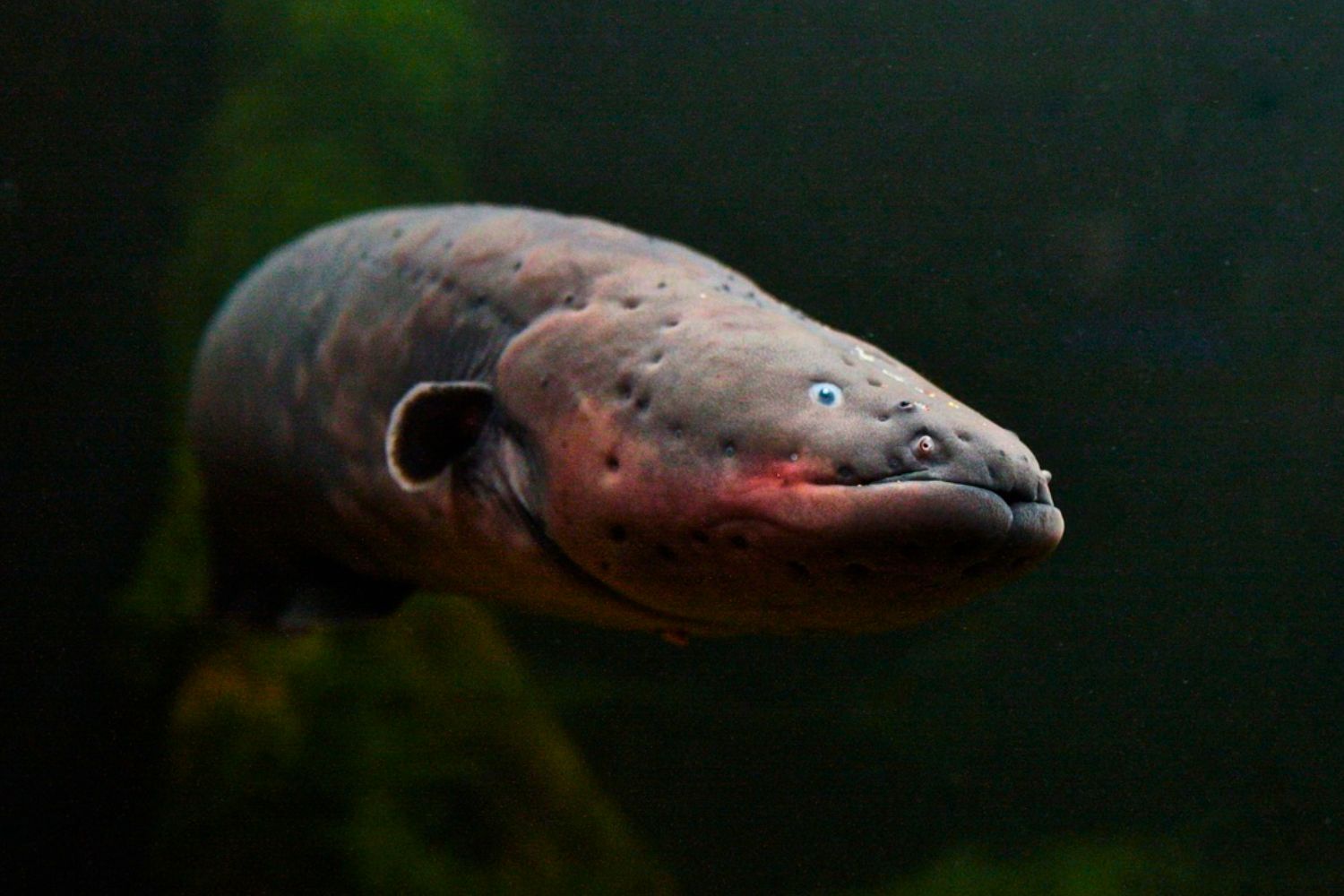
Literally resembling pancakes, the species was discovered in 2012 in Rio Nanay near Iquitos, Peru. Freshwater stingrays are known to grow to around 1,000 pounds and have over 40 different species and more are being found every year in the Amazon rainforest.
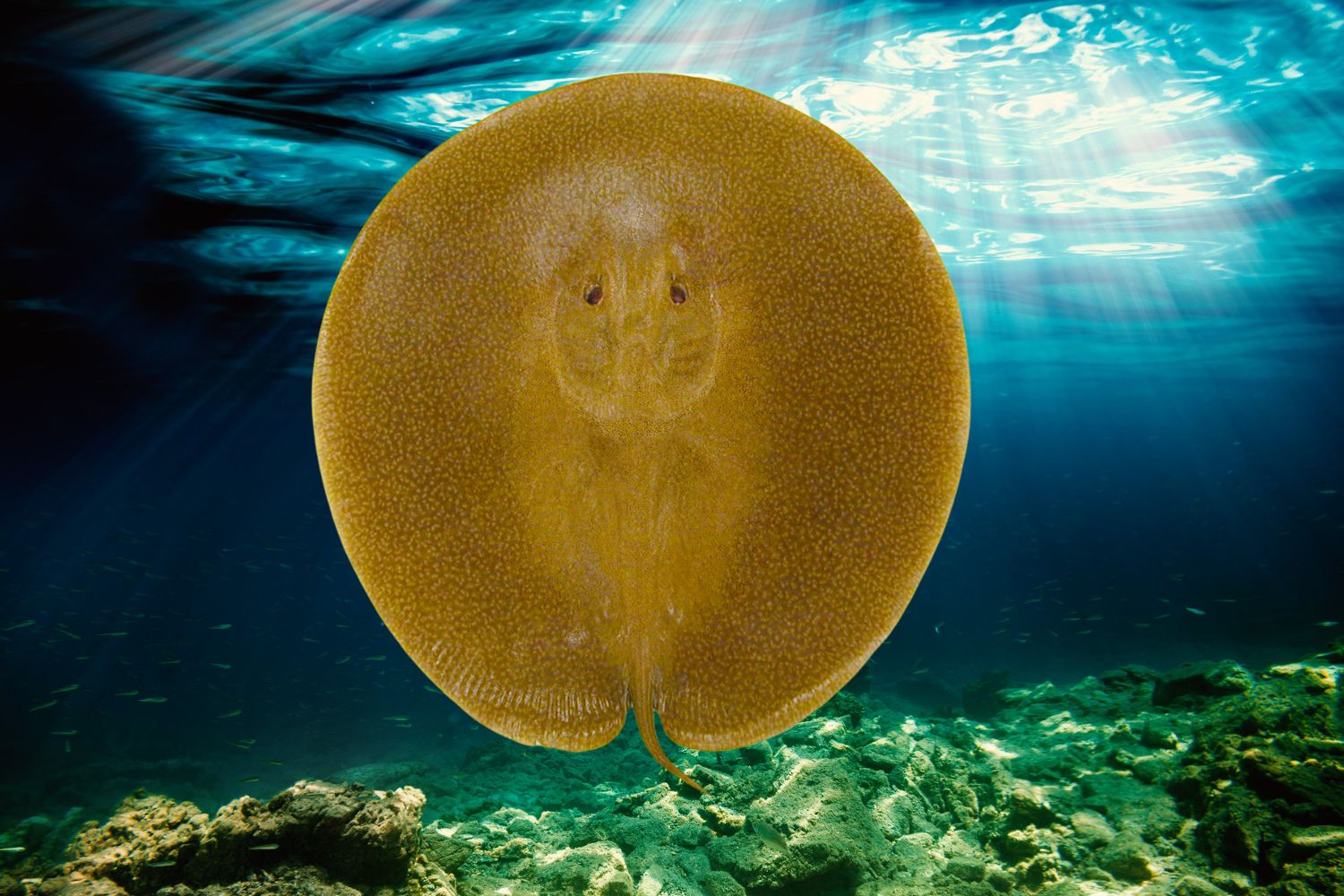
Traditionally a saltwater fish, the Amazonian Bull Shark has also adapted to become a freshwater fish and is mostly found in Brazil, primarily due to its proximity to the ocean. These clever creatures have developed special osmoregulating kidneys, which allow them to change in salinity of the water they are kept in. Their kidneys basically recycle the vital salts they need throughout their body, allowing them to move permanently into freshwater areas.
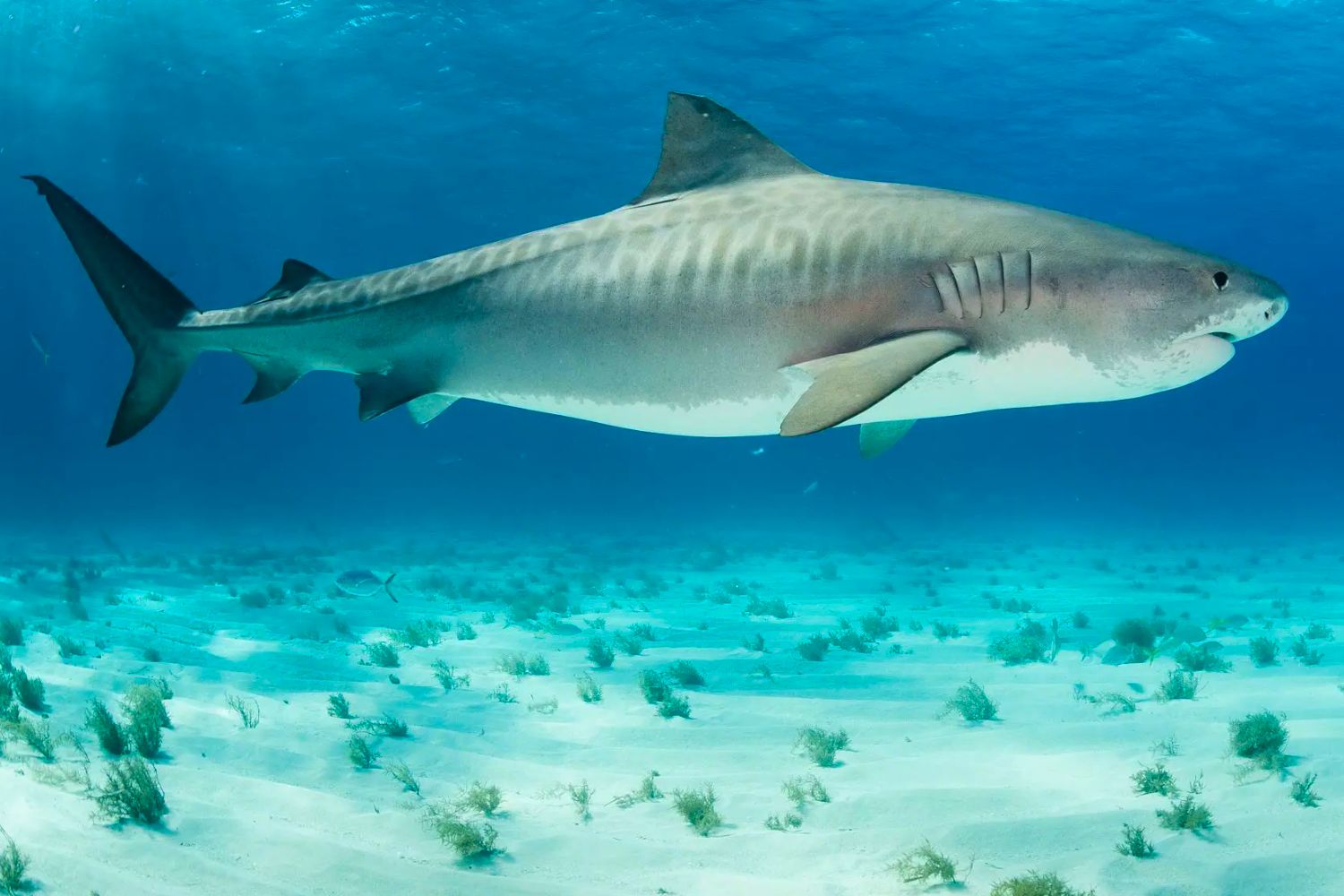
The Payara, or the Vampire Fish, can be found in most of the Amazonian regions in Brazil, Bolivia, Peru, and Ecuador. Famous for being extremely aggressive (and resembling a vampire!), the Vampire Fish is most often found in fast-moving water and rapids, so it is usually more difficult to spot. The fierce predators are able to eat fish that is half of their own body size, which is usually at a length of around 47 inches and a weight of approximately 40 pounds. You can spot a vampire fish by its two front fang-like teeth!

The Tucunaré Peacock Bass is native to the basins of the Rio Negro, Uatumã, and Orinocoin in northern South America. This particular species of Peacock Bass is also known as speckled pavon, speckled peacock bass, or painted pavon. It is a very large South American cichlid and a prized game fish. Reaching almost 1 meter (3.3 ft) in length and a weight of more than 12 kilograms (26 lb). Peacock Bass most often occur in rapids and in quiet waters with medium depth. They feed only on small fish, especially threadfin shad, mosquito fish, tilapia, and bluegill.

There is still a lot to be discovered about the fish that live in the largest river system in the world. In fact, scientists are identifying new species every year. One day in the Amazon rainforest, it might be possible to spot around 13 different species of fish! If you want to see some of the most unique fish in the world for yourself, then an Amazon vacation is one of the best ways to see them.
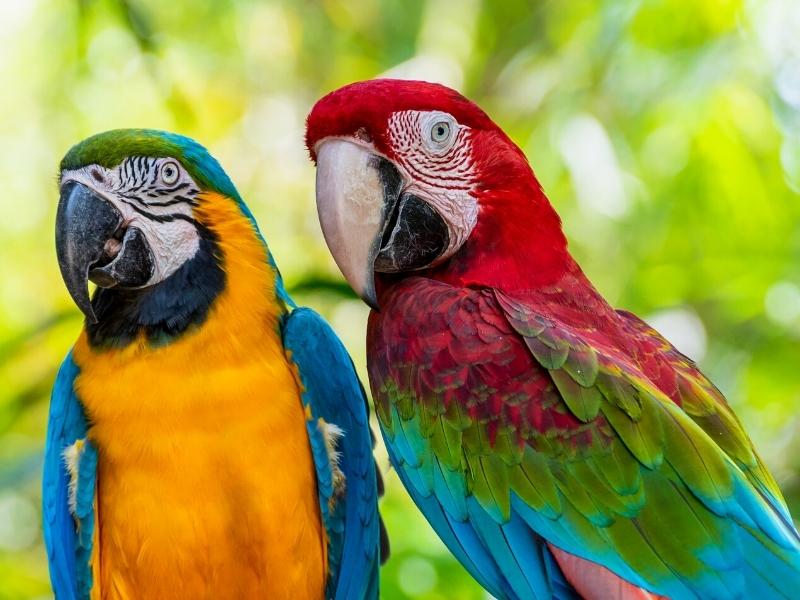
Visit the beautiful Amazon jungle of Tambopata in South America and enjoy the most impressive natural spectacle, we are referring to the blue and yellow macaw clay lick. Accompanied by the best local guides.


Your journey to the Tambopata National Reserve offers a great opportunity to discover a lively biodiversity of birds, mammals, reptiles, insects and trees. Record-setting numbers of animal species are concentrated within small areas, and the variety of plant life is greater than almost anywhere in the world.

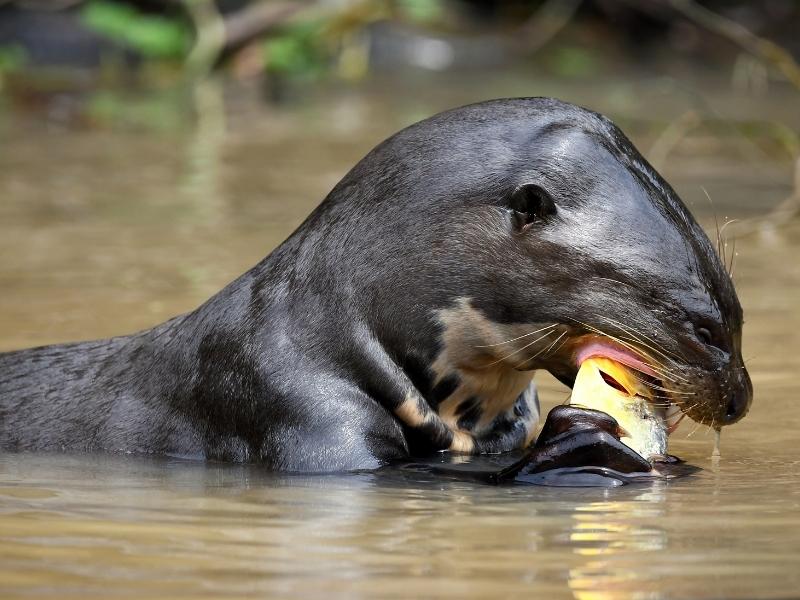
Discover the majestic Amazon rainforest of the Manu National Park. This protected area is in Peru, it is one of the largest ecosystems on the planet, due to its great diversity of birds, insects, plants and mammals.
